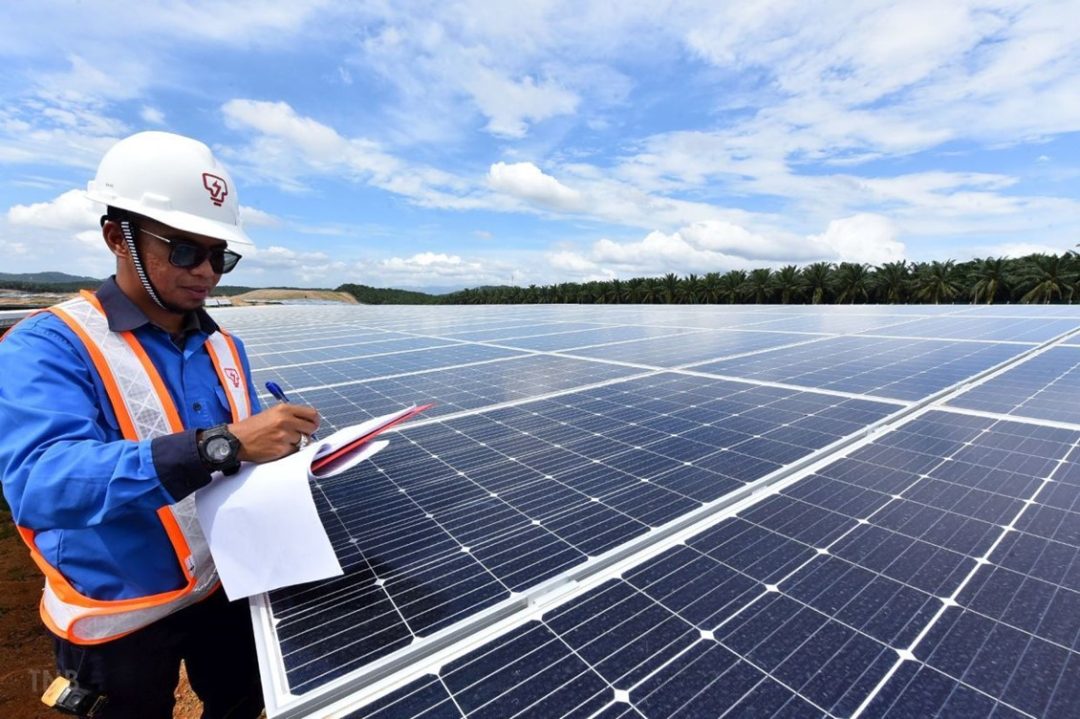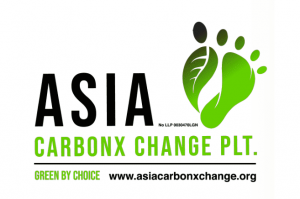IN the pursuit of a greener and more sustainable Malaysia, it is crucial to understand the mechanics of green energy and how it contributes towards a cleaner environment.
To promote a comprehensive adoption of green energy, there are special certificates called renewable energy certificates (RECs) which verify and authenticate that a certain amount of green energy has been produced in achieving the desired results.Tenaga Nasional Bhd (TNB), via its subsidiary TNBX Sdn Bhd, introduced the groundbreaking RECs programme in 2019. The certificates were obtained from the newly commissioned large-scale solar (LSS) 1 and 2 schemes, where the environmental attributes were pledged to TNB, as the off taker, in their power purchase agreement (PPA).
LSS is a competitive bidding programme to drive down the levelised cost of energy for the development of LSS photovoltaic plants in Malaysia.
The primary objective is to unlock the monetary value of environmental attributes and allow organisations to embrace green energy, thus reducing their carbon footprints.
The income generated from the REC sales would be channelled back to the government to support additional green initiatives, acting as a recovery or claw back mechanism for the high solar PPA prices offered to solar farm owners.
The green electricity tariff programme
In late 2021, the government decided to transition from unbundled RECs to bundled RECs and launched the Green Electricity Tariff (GET) programme in January 2022.
If RECs are sold with their associated energy, then they are known as bundled RECs. If they are sold separately from the underlying energy, then they are known as unbundled RECs and can be sourced from a single type of energy such as solar or hydro.
GET became an option under TNB’s regulated energy business, offering customers a chance to reduce their carbon footprints in Scope 2 electricity consumption.
Scope 2 involved indirect greenhouse gas emissions that arise from the generation of purchased energy, while Scope 1 included direct emissions from owned or controlled sources.
Currently, there are 6.6 million RECs available in the market based on a combination of LSS and large-scale hydro plants.
Unlike unbundled RECs, bundled RECs encompass both the renewable energy attributes and associated electricity, providing a more integrated approach.
However, both forms of RECs remain instrumental in supporting renewable energy development and promoting environmental responsibility.
Understanding green energy
Green energy, also known as renewable or clean energy, stems from sustainable sources with minimal environmental impact compared to conventional fossil fuels. In Malaysia, examples include solar energy from photovoltaic panels, hydropower from falling or flowing water, biomass energy generated from organic matter like palm oil waste combustion, and biogas energy produced from palm oil mill effluent treatment.
Green energy sources are sustainable as they rely on naturally replenished resources and produce lower or zero carbon emissions, contributing to mitigating climate change and air pollution.
Additionally, the term “green energy” extends to encompass energy efficiency measures and conservation efforts that reduce overall energy consumption and minimise harm to the environment.
How RECs validate green energy
RECs play a crucial role in supporting and verifying green energy generation. They verify the production of renewable energy by representing the environmental attributes of energy generated by facilities like solar farms. Each REC corresponds to one MWh (megawatt hour) of renewable energy delivered to the grid or a captive/on-site customer.
Accounting and tracking: RECs provide a standardised way to track the production, sale, and consumption of renewable energy. They enable transparent accounting for the environmental benefits associated with renewable energy generation through unique identification numbers, ensuring traceability throughout the supply chain.
Offset and green claims: Organisations can offset their Scope 2 carbon emissions and make credible claims about using or supporting green energy by purchasing RECs. When an organisation buys a REC, they acquire the renewable energy attributes, even if they are not physically consuming the electricity generated.
Market support for renewable energy: The sale of RECs financially supports renewable energy projects by contributing to their revenue stream. Individuals and businesses purchasing RECs incentivise the development and expansion of renewable energy projects, promoting a more sustainable energy mix.
Compliance with renewable energy targets: RECs are often used by organisations to meet renewable energy obligations and targets set by governments, regulatory bodies, or corporate sustainability goals.
Standardisation and local issuers
In Malaysia, the widely used standard for RECs is the International Renewable Energy Certificates (I-REC) standard, adopted by both GET and unbundled RECs sold independently.
The Green Certificate Company serves as the central issuer and is accredited by the I-REC standard to verify and approve the registration of production facilities, and requests for certificates for their output.
Singapore and Thailand have established their own issuers under the I-REC framework, while in Malaysia, the Sustainable Energy Development Authority is expected to take up the role of market issuer. Having a local issuer will allow the customisation of RECs issuance in compliance with local regulations.
Procurement of green energy
Currently, organisations in Malaysia have two options to procure green energy. One is to subscribe to TNB’s GET programme at 21.8 sen/kWh or RM48/MWh (US$10.57) for one green component, and issued with a REC. (Note: One REC is equal to one MWh).
Alternatively, organisations can purchase unbundled RECs from the open market, which offers more flexibility, including:
> Customers can choose preferred technologies (solar, hydro, biomass, or biogas) as prices per REC may vary.
> Mixing technologies allows purchasing according to budget, as all RECs are based on one MWh of renewable energy.
> Age of the renewable energy plant can be a consideration, with many organisations seeking green energy from plants below 15 years since their commercial operation date. This new requirement may be introduced soon.
> Unbundled RECs can be purchased as needed, with payment typically after delivery and prices are based on spot market dynamics. Customers can choose when and what to purchase.
> Purchasing flexibility allows for events or exhibitions without requiring a utility account or meter. Presently, non-TNB metered customers cannot purchase the GET scheme.
> Self-consumption RECs can be registered for internal environmental, social, and governance (ESG) reporting under unbundled RECs.
> Customers can ensure that the income from unbundled RECs benefits the renewable energy producing facility, aligning with their ESG requirements.
It is imperative for organisations to align their actions with their ESG reporting guidelines, and chosen reporting framework, when utilising unbundled RECs. By considering their specific goals and adhering to reporting principles, organisations can effectively support green energy initiatives and contribute to a sustainable future.
Remember, it is not just about writing what you do but also doing what you write to make a real and meaningful impact on our planet.
Ir Nirinder Singh Johl is the founder and CEO of Asia Carbonx Change Plt. He was formerly the managing director of TNBX, a subsidiary of Tenaga Nasional Bhd. The views expressed here are the writer’s own.



